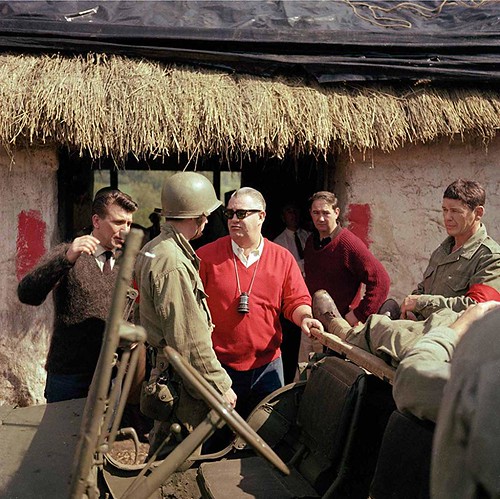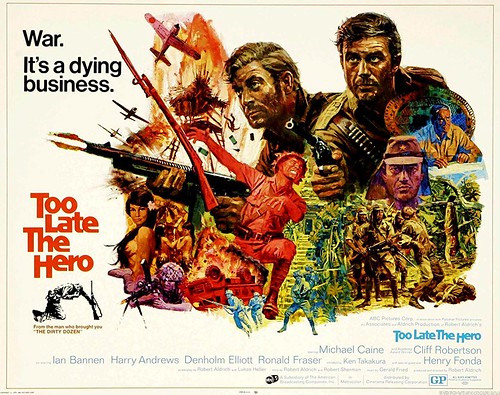“Lee was my kind of actor, a real tough-looking, tough-talking sonofabitch.” – Sam Fuller
Lee Marvin was born in New York City on Feb. 19, 1924. Today marks his centennial. (He died of a heart attack in 1987 in Arizona at the age of 63.) He was the quintessential movie tough guy of the 1950s and ’60s, emerging alongside Charles Bronson, Ernest Borgnine, Jack Palance, and Lee Van Cleef, all of whom, like Lee, would eventually become stars, as well as a rogues’ gallery of equally rough-hewn, battle-scarred visages found among such contemporaries as Neville Brand, Aldo Ray, Ralph Meeker, Jack Elam, Leo Gordon, and Claude Akins, among others, nearly all of whom had served in the military in World War II. (Marvin was in the Marine Corps and was seriously wounded at the Battle of Saipan in the Pacific, for which he got a Purple Heart.)
For years, these guys plied their trade in crime pictures, war movies and westerns, both on the big screen and small, as well as dramas about working men far removed from the centers of power, and became favorites of grindhouse and neighborhood theater audiences everywhere. (Quentin Tarantino regards these men with great awe in his books, Once Upon a Time in Hollywood and Cinema Speculation.)



















